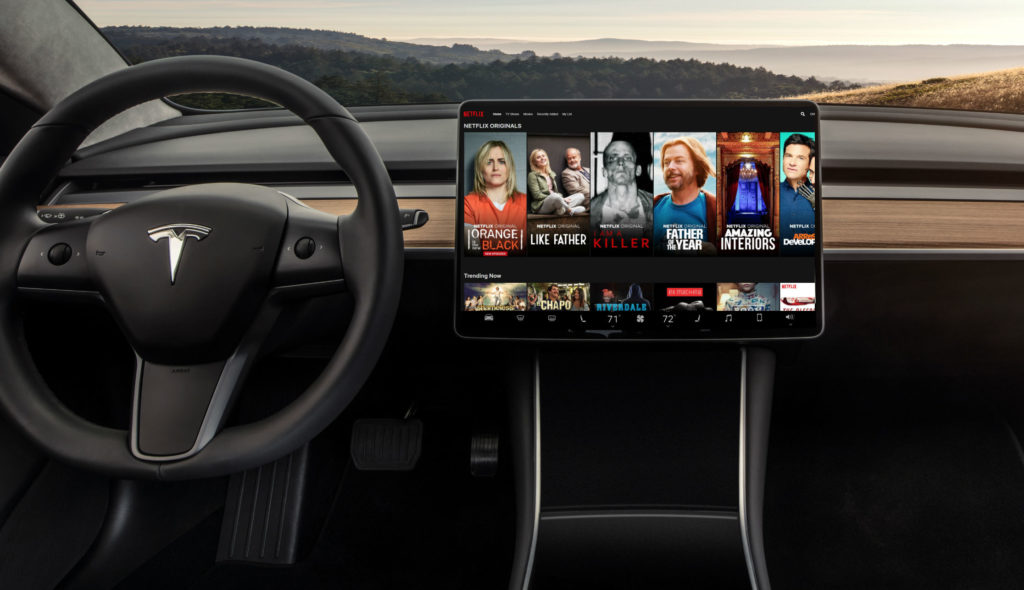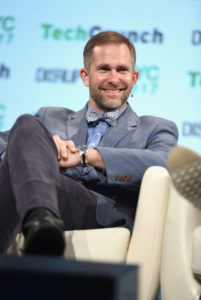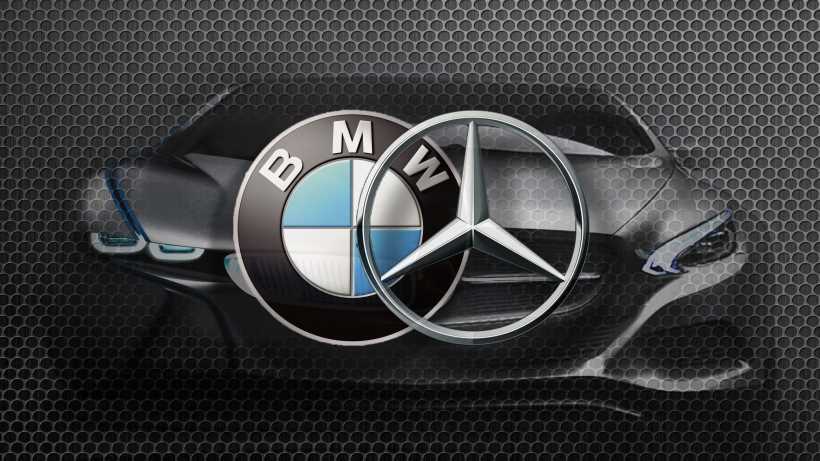Robert RJ Scaringe : The Founder of Rivian; The Tesla of Trucks
It has been said tons of times that one must follow their passion to be successful in life. But if the passion has bad effects on the environment, would you still follow it? Maybe not. Or maybe you will figure out another way to pursue your passion. Robert RJ Scaringe had fallen in love with the process of car manufacturing, but when he realised that vehicles are the most responsible for the environmental pollution, he had to look for some other way to follow his dream. And, the electric vehicle was the only answer to it; better and energy-efficient. This way, he founded Rivian, an automaker and automotive technology company.
The idea behind the company is not only to protect the environment but is also to release people from car-ownership. Scaringe wants that nobody should own a car, but must have access to automotive vehicles through the press of a button, and whenever or wherever they need the vehicle, they get it.
RJ Scaringe was a little kid when he was introduced to a Porsche 356. One of his neighbours in Melbourne, Florida, was working on reinventing his Porsche and Scaringe got the chance to look at the process closely. This ignited an interest in mechanics for him. He became so interested in car manufacturing that he decided that he will be starting up a car manufacturing business when he was still in school. This led him to get a graduate and postgraduate degree in Mechanical Engineering, followed by a PhD in the same from MIT’s prestigious Sloan Automotive Lab.

This was the same time, when he encountered problems with normal motor vehicles, as these were one of the causes of pollution and other environmental issues. So instead of fuel engine vehicles, he started researching about the environmentally-friendly electric vehicles.
After receiving a PhD from MIT, RJ Scaringe started working in an MNC, where was learning on how to improve the efficiency of the motor vehicles. His jobs at various MNCs gave him enough exposure, and since Scaringe was always aware of his passion for entrepreneurship, he was also ready with a sorted plan.
In April 2009, he started Avera Automotive (later renamed Rivian Automotive in 2011), all by himself. Initially, RJ Scaringe hired 20 people as his first employees, holding the position of the CEO. He took things slow and focussed on more research. In 2011, the company shifted its focus from general electric vehicles to autonomous electric vehicles and started working on luxury utility vehicles. His idea also drove the attention of a few major investors, like the Saudi Arabia-based investment group Abdul Latif Jameel, Sumitomo Corp forms Japan and Standard Chartered Bank from London.
With time, the company also hired engineers like Mark Vinnels (as the Rivian’s executive director of engineering) and Jeff Hammoud (as the vice president of design). In 2015, the company opened its research facility in Michigan and set up the company headquarters in Livonia, Michigan. At the same time, the company also started working on ride-sharing vehicles and driverless vehicles.
In 2017, the company acquired the Mitsubishi Motors’ Normal, Illinois plant for $16 million, which became the Rivian’s primary North American manufacturing facility. The company also received a $1 million grant and a five-year tax abatement from Normal contingent as well as $49.5 million in tax credits from the state government, on its strategical money investment over a certain period and for meeting the employment targets.
By the end of 2016, 100 employees were working for Rivian, and Today, over 1000 people are working in Rivian at its different branches, including Michigan, Illinois, California and the United Kingdom. Through the company was growing rapidly, in 7-8 years of its inception, there was no product of its own. It had been working on different parts and technologies for its new car models, which it had planned to assemble at the end.
By December 2017, the company started testing the alpha prototypes of its first vehicle and announced its first two products, i.e., an electric five-seater pickup truck (A1T) as well as an electric seven-seater SUV (A1S). The company took it to the LA Auto Show in November 2018, to launch the two vehicles. Both the cars are semi-autonomous, and the production will start anytime soon in 2020.
With a $200 million in debt financing from Standard Chartered Bank, till 2018, Rivian raised around $450 million. In 2019, the company received a $700 million in a round of funding led by Amazon, and the same year, it also received another $500 million from Ford Motor Company.
Cox Automotive also made a $350 million investment into Rivian. In September 2019, Amazon made an order of 100,000 electric delivery vans from Rivian.
The potential of RJ Scaringe’s idea behind Rivian can be estimated through the fact that no Rivian cars are currently running on the road. Despite that, the company has raised about 1.5 billion in funds in past ten years. The company is not only planning to contribute to the environment but has also helped America to raise employment and offer better money to people.

Yashica is a Software Engineer turned Content Writer, who loves to write on social causes and expertise in writing technical stuff. She loves to watch movies and explore new places. She believes that you need to live once before you die. So experimenting with her life and career choices, she is trying to live her life to the fullest.




